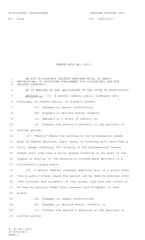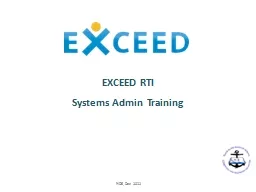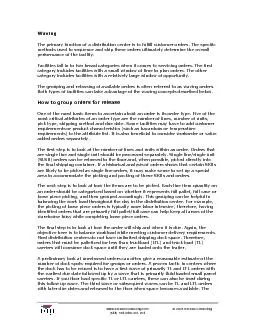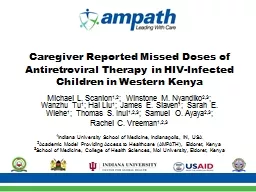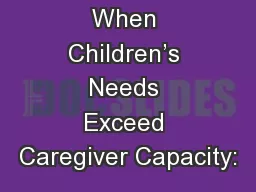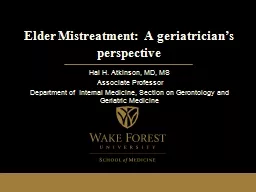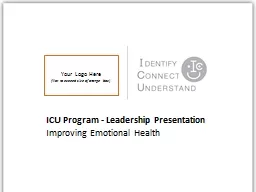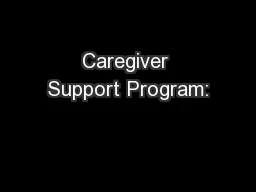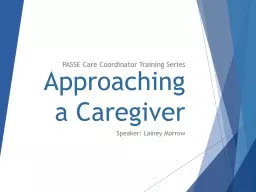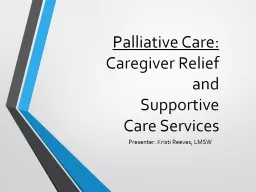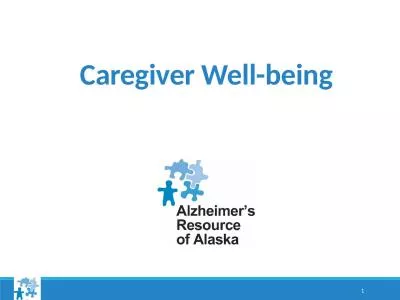PPT-When Children’s Needs Exceed Caregiver Capacity:
Author : conchita-marotz | Published Date : 2019-06-19
The Need for a CrossSectoral Response Melissa Van Wert MSW PhD Centre for Research on Children and Families McGill University Nico Trocmé Centre for Research on
Presentation Embed Code
Download Presentation
Download Presentation The PPT/PDF document "When Children’s Needs Exceed Caregiver..." is the property of its rightful owner. Permission is granted to download and print the materials on this website for personal, non-commercial use only, and to display it on your personal computer provided you do not modify the materials and that you retain all copyright notices contained in the materials. By downloading content from our website, you accept the terms of this agreement.
When Children’s Needs Exceed Caregiver Capacity:: Transcript
Download Rules Of Document
"When Children’s Needs Exceed Caregiver Capacity:"The content belongs to its owner. You may download and print it for personal use, without modification, and keep all copyright notices. By downloading, you agree to these terms.
Related Documents


